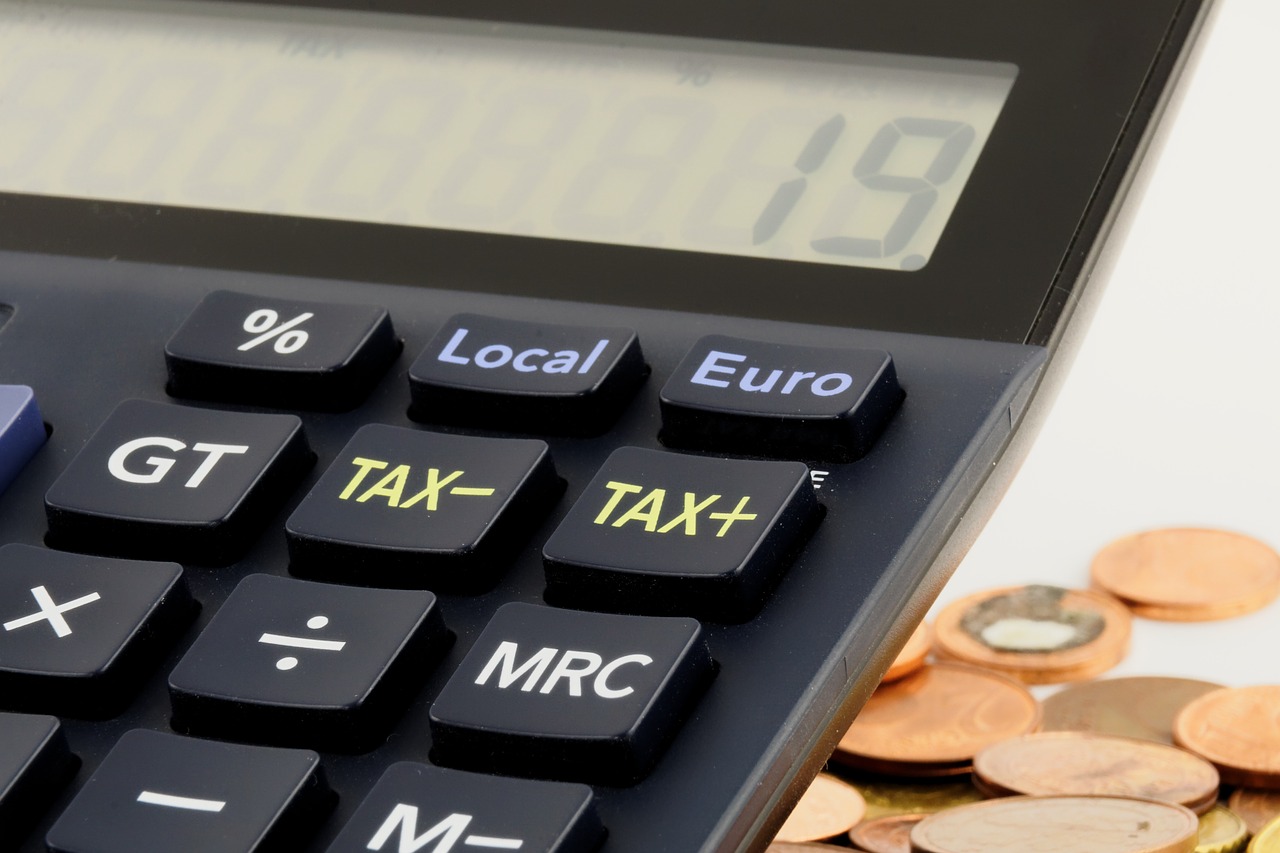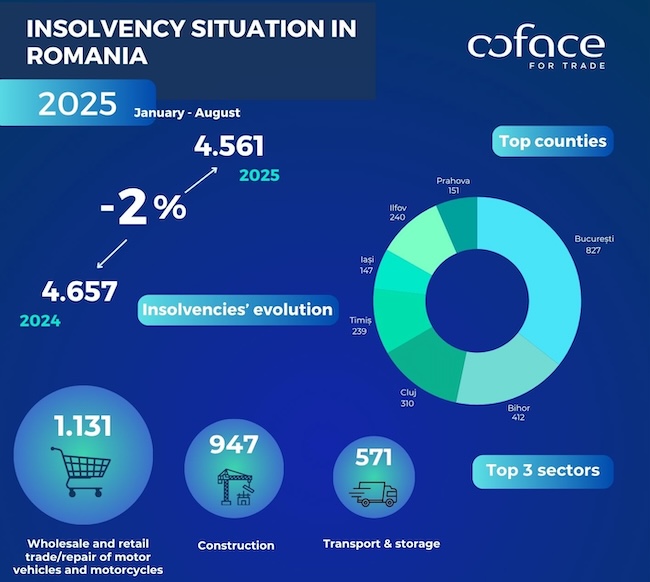Romania remains at the top for VAT collection deficit, for the 5th consecutive year

The 36% VAT collection deficit places Romania, for the 5th consecutive year, in the top spot in the ranking published by the European Commission (EC) on September 5, 2019. Compared to 2013 and 2014 when the difference between the amount actually collected the budget and the one that should have been collected was 38%, respectively 40% of GDP, in the last two years analyzed by the EC, 2016 and 2017, it was about 36%. Thus, Romania's budget loses more than one third of the amount it could collect from VAT.
Romania is followed by Greece, with 33.6% of GDP and Lithuania with 25.3% of GDP. At the opposite end are Cyprus (0.6%), Luxembourg (0.7%) and Sweden (1.5%).
In 25 of the 28 Member States, the VAT gap decreased in 2017, with the largest reductions being Malta, Poland and Cyprus.
Poland is an example of good practice says Daniel Anghel, Partner and Leader of Tax and Legal Services, PwC Romania: “Poland has managed to substantially reduce the VAT collection deficit, according to the EC report, from 24% in 2015 to 14% in 2017. This performance was obtained due to the fact that, starting with 2016, Poland has implemented the standard file format of tax audit (SAF-T). By using SAF-T, the reporting by the economic operators and the capacity for processing and analyzing the information reported by the tax administration is greatly simplified. The benefits are multiple: the tax compliance burden for taxpayers decreases, taxes are reimbursed faster, the administration detects irregularities or risk areas earlier. As a result, the entire tax filing and collection process is improving.”
Romania wants to take over the model as the National Agency for Fiscal Administration (ANAF) has already obtained approval for a project from European funds for the implementation of SAF-T for all economic operators, by the end of 2020.
“According to a study by the Polish Economic Institute, the number of fiscal controls has decreased by more than a fifth in a year, as a result of the SAF-T implementation. At the same time, it has contributed significantly to the fight against VAT fraud. In the first half of 2018, nearly 2 billion invoices were analyzed, over 155 thousand of them being issued by people who avoided registration for VAT purposes. Also, the discrepancies between SAF-T statements and reports were examined, which led to the identification of over 20,000 cases of violations of the law, ”explains Daniel Anghel.
Although as a percentage the VAT collection deficit in Romania decreased from 35.88% in 2016 to 35.5% in 2017, expressed in euros increased from 6.13 billion euros in 2016 to 6.4 billion euros in 2017 In this period, the standard VAT rate has been reduced in Romania from 24% to 20%, in 2016 and to 19% in 2017, but the VAT compliance has not improved.
"The experience of other states, and Poland is an example, shows that the optimal option for improving the collection is represented by the digitization of the tax administration. In contrast, the methods often used by Romania - such as the famous VAT splits and the 088 form - simply make the life of economic operators more difficult without improving the budget revenues. An evolution similar to the one in Poland - a decrease of the VAT gap by 10 percentage points - would mean an additional 10 billion lei to the Romanian budget, that is one third of the budget deficit foreseen for this year ”, shows Daniel Anghel.
Annually, the European Commission monitors the deficit of VAT collection (VAT Gap) registered at the level of the Member States of the European Union, an indicator calculated as the difference between the expected VAT revenues and those actually collected.






